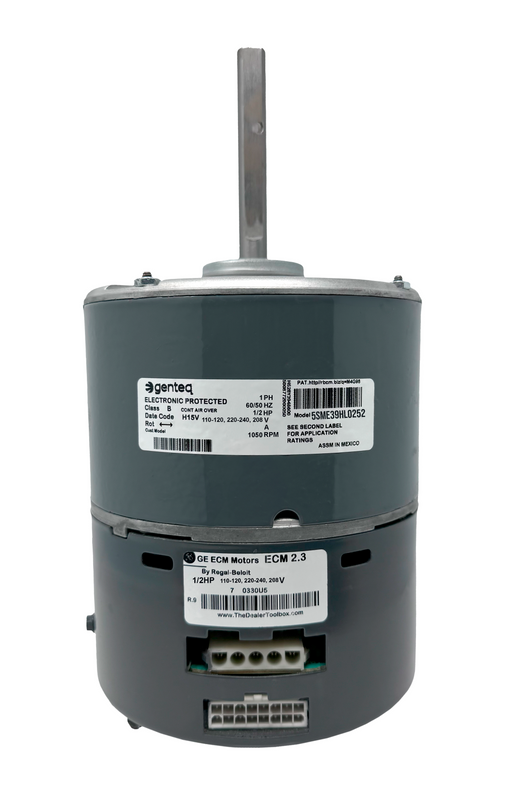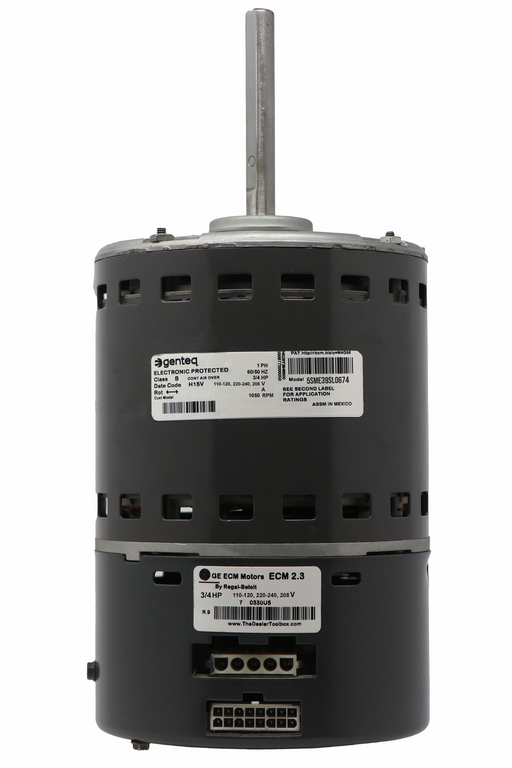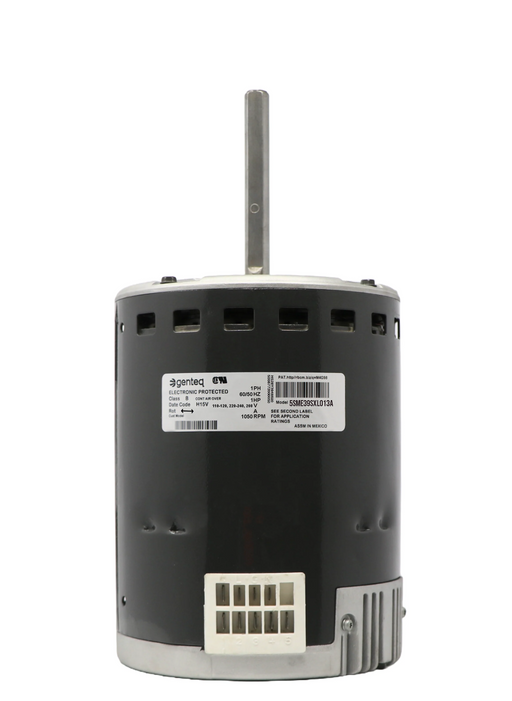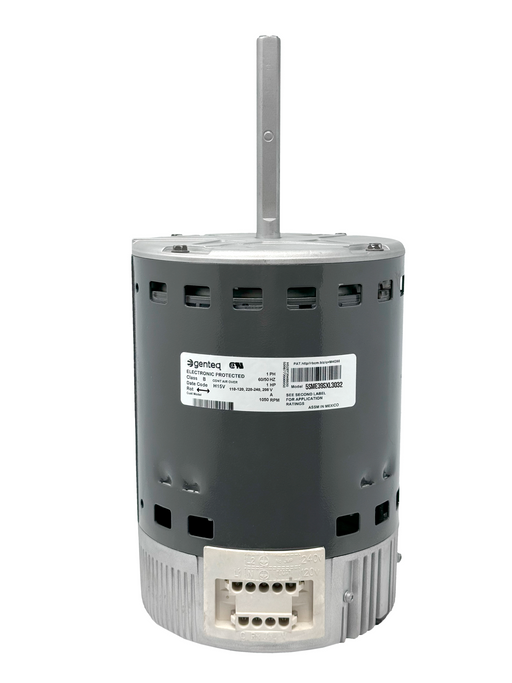(813) 440-8108

How to Repair an HVAC Blower Motor: A Step-by-Step Guide
Repairing an HVAC blower motor can seem daunting, but with the right guidance, it can be a manageable DIY project. The blower motor is essential for circulating air through your HVAC system, and addressing issues promptly can prevent more extensive damage and costly repairs. This guide will walk you through the steps to repair an HVAC blower motor, helping you maintain optimal performance and comfort in your home.
This article will cover the common symptoms of a faulty blower motor, the tools and materials you’ll need, and detailed instructions on diagnosing and repairing the motor. We’ll also provide safety tips and advice on when to seek professional help.
Symptoms of a Faulty Blower Motor
- No Airflow: If the blower motor fails, you won’t feel any air coming from the vents even though the system is running.
- Weak Airflow: Reduced airflow can indicate that the motor is struggling or that there is an obstruction.
- Strange Noises: Grinding, squealing, or rattling noises often signal motor issues.
- Overheating: A motor that is too hot can trip the safety switch, shutting down the HVAC system.
- Unusual Smells: Burning smells can indicate electrical issues or an overheating motor.
👉🏻 Read More: How Long Should Your Furnace Blower Motor Last? Key Factors and Maintenance Tips
Tools and Materials Needed
- Screwdrivers (Phillips and flathead)
- Multimeter
- Pliers
- Socket set
- Replacement motor (if necessary)
- Capacitor (if necessary)
- Lubricant (for motor bearings)
- Safety gloves and goggles
Step-by-Step Instructions
Step 1: Safety First
- Turn Off Power: Ensure the HVAC system is entirely powered off at the breaker box to prevent electrical shock.
- Wear Safety Gear: Use gloves and goggles to protect yourself from debris and electrical components.
Step 2: Access the Blower Motor
- Remove the Access Panel: Use a screwdriver to remove the screws holding the HVAC unit’s access panel in place.
- Locate the Blower Motor: Identify the motor, typically found near the base of the furnace or air handler.
Remanufactured Motor by United HVAC Motors
2 Year Replacement Warranty (Terms Apply)
Plug n Play - 100% Programmed
Match your Motor Model N...
Remanufactured Motor by United HVAC Motors
2 Year Replacement Warranty (Terms Apply)
Plug n Play - 100% Programmed
Match your Motor Model N...
5SME39HL0252 GE Genteq Blower Motor ECM 2.3 1/2 HP
5SME39SL0674 GE Genteq Blower Motor ECM 2.3 3/4 HP
Step 3: Inspect and Diagnose
- Visual Inspection: Look for visible damage, debris, or disconnected wires.
- Test with a Multimeter: Use a multimeter to check for continuity and proper voltage supply. The motor or capacitor may be faulty if the motor shows no continuity or the voltage is incorrect.
Step 4: Remove and Replace Parts
- Remove the Blower Motor: Disconnect the wires and mounting screws to free the blower motor from the unit.
- Inspect the Capacitor: Capacitors store electrical energy and can fail over time. If the capacitor is bulging or leaking, replace it.
- Install the New Motor: Position the new blower motor in place, secure it with screws, and reconnect the wires according to the manufacturer's diagram.
Step 5: Lubricate and Reassemble
- Lubricate Bearings: Apply a few drops of lubricant to the motor bearings if required by the manufacturer.
- Reattach Access Panel: Replace the access panel and secure it with screws.
Step 6: Test the System
- Restore Power: Turn the power back on at the breaker box.
- Test the Blower Motor: Set your thermostat to initiate the HVAC system and observe the blower motor for proper operation.
Safety Tips
- Always verify that the power is off before working on the HVAC system.
- Be cautious of sharp edges and electrical components.
- Consult the HVAC system’s manual or a professional technician if unsure about any step.
When to Seek Professional Help
If the blower motor is still not working after troubleshooting, or if you’re uncomfortable performing the repairs yourself, it’s best to call a professional HVAC technician. Professionals can accurately diagnose and repair complex issues, ensuring your system runs efficiently and safely.
👉🏻 Read More: Troubleshooting Your HVAC Blower Motor: Common Issues and Solutions
Conclusion
With the right tools and instructions, repairing an HVAC blower motor can be straightforward. By following these steps, you can save money and extend the life of your HVAC system. Our website offers a selection of high-quality remanufactured blower motors for those looking to replace or upgrade their blower motor. These options provide reliable performance and cost savings.
(813) 440-8108
Remanufactured Motor by United HVAC Motors
2 Year Replacement Warranty (Terms Apply)
Plug n Play - 100% Programmed
Match your Motor Model N...
Remanufactured Motor by United HVAC Motors
2 Year Replacement Warranty (Terms Apply)
Plug n Play - 100% Programmed
Match your Motor Model N...
5SME39SXL013A GE Genteq Blower Motor ECM X13 1 HP
5SME39SXL3032 GE Genteq Blower Motor ECM 3.0 1 HP






